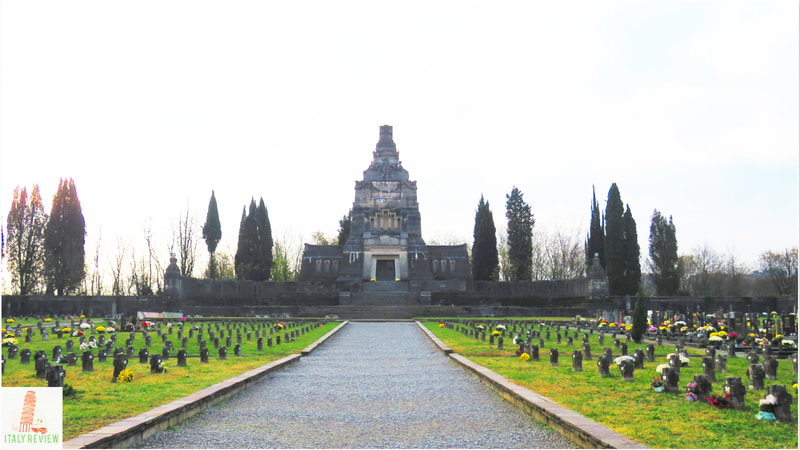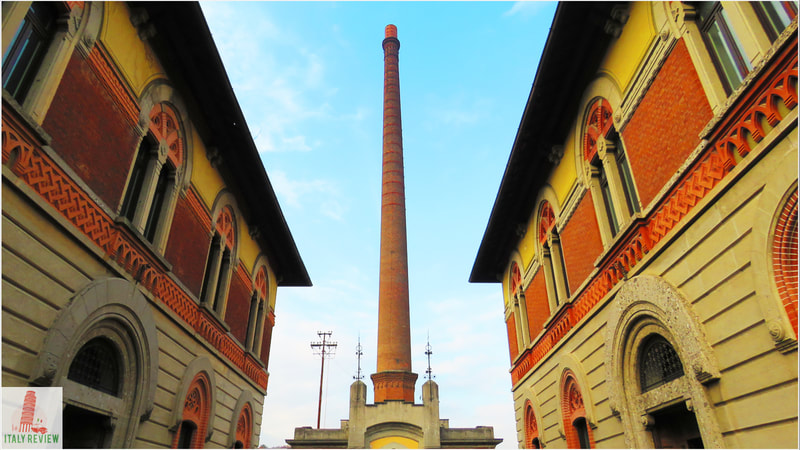Crespi d'Adda
|
By Dion Protani
|
Latest update: 9 January 2024
|
|
The village of Crespi d'Adda is situated in the Province of Bergamo and has been a UNESCO World Heritage Site since 1995.
Located on the banks of the River Adda, the village is listed by UNESCO as an example of a "company town", created in the 19th and 20th centuries. These company towns were created with the purpose of production and of suiting their workers' living needs. |
Related links
Profile
The Crespi d'Adda UNESCO World Heritage Site is a unique industrial village located in the Lombardy region of northern Italy. It is a well-preserved example of a planned industrial community that flourished during the late 19th and early 20th centuries.
The village was designed to provide housing, amenities, and services for the workers of the Crespi textile mill, showcasing an innovative model of social and urban planning.
The village was designed to provide housing, amenities, and services for the workers of the Crespi textile mill, showcasing an innovative model of social and urban planning.
History
The village of Crespi d'Adda was founded in 1878 by Cristoforo Benigno Crespi, an enlightened industrialist. He sought to create an ideal environment for his workers, providing them with decent living conditions and opportunities for cultural and recreational activities.
The village was built around the textile mill, which produced cotton and silk textiles, and it included workers' houses, schools, a church, a hospital, and other facilities.
Over the years, Crespi d'Adda maintained its original layout and architectural integrity, becoming a testament to the industrial and social history of the late 19th and early 20th centuries.
The village was built around the textile mill, which produced cotton and silk textiles, and it included workers' houses, schools, a church, a hospital, and other facilities.
Over the years, Crespi d'Adda maintained its original layout and architectural integrity, becoming a testament to the industrial and social history of the late 19th and early 20th centuries.
Key features
- Workers' Village: The village features rows of well-preserved workers' houses, each with its own garden and amenities.
- Crespi Textile Mill: Visitors can explore the historic textile mill and learn about the industrial processes and working conditions of the past.
- Social Facilities: Crespi d'Adda includes a school, a church, a hospital, and other communal facilities that were integral to the well-being of the workers.
- Guided Tours: Guided tours are available, providing insights into the history and daily life of the village's inhabitants.
- Architecture: The architecture of Crespi d'Adda reflects a blend of different styles, including neo-Gothic and Art Nouveau influences.
- Cultural Events: The village occasionally hosts cultural events, exhibitions, and festivals, allowing visitors to experience the vibrant community spirit.
- Accessibility: Crespi d'Adda is easily accessible by car from Milan and other nearby cities.
- Conservation Efforts: The UNESCO World Heritage Site status ensures the preservation and protection of this unique industrial heritage.
Crespi d'Adda - frazione di Capriate San Gervato
|
Comune: Capriate San Gervasio
Province: Bergamo Region: Lombardy Close by: Trezzo sull'Adda, Bergamo, Monza, Milan, Lecco Recommended hotel: Best Western Villa Appiani (2 km) |























